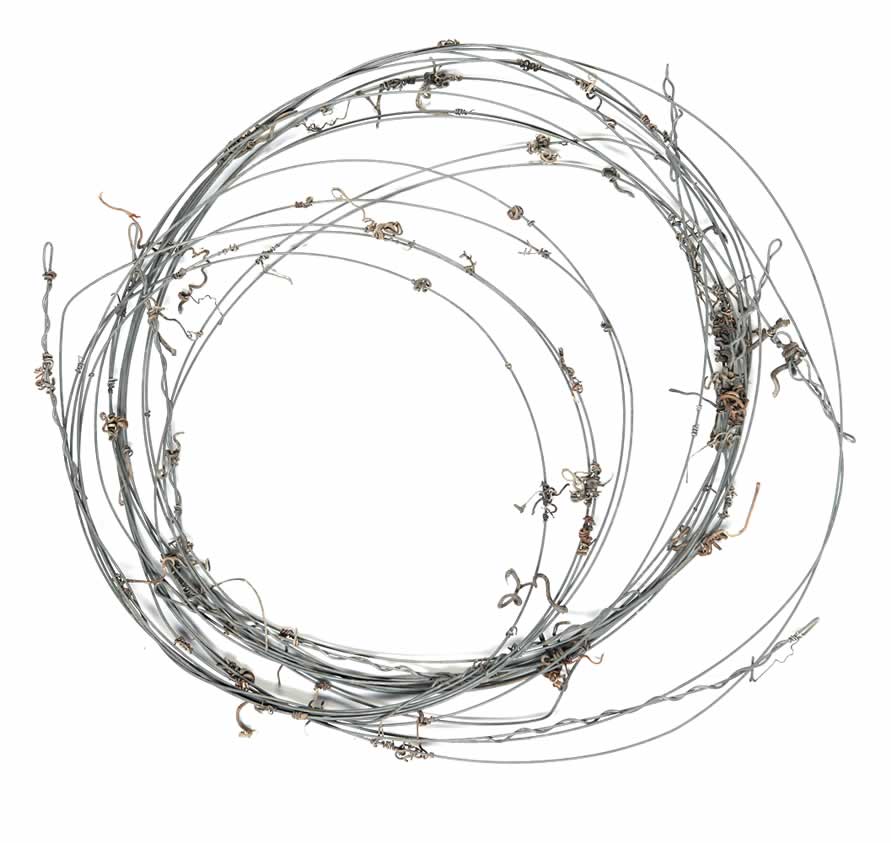LOCAL WINES FROM
Laumersheim

GROWN ON LIMESTONE ROCK
Laumersheim lies at the south-easterly foot of the Orlenberg hill, which is just
under 200 meters high. This vine-covered hill is a limestone knoll that was created
during the lowering of the Rhine rift millions of years ago and now towers like a
monolith above the Rhine river plains in front of the Pfälzer Wald Forest. The
Laumersheim vineyards owe their outstanding climatic and geological character to
this island-like state. Craggy limestone rocks and a special micro-climate envelop
our vine-covered slopes.
The grapes for the local wines of Laumersheim that carry the name “vom
Kalksteinfels” (grown on limestone rock) grow in these conditions. Rieslings as well
as Pinot Blanc and Pinot Noir wines symbolise the wines made in the Northern
Palatinate. Even younger vineyards including the great growth sites of
“Kirschgarten” and “Steinbuckel” contribute to the “Kalksteinfels” wines.
GROWN ON QUARTZ SAND
The quartz sand wines originate from the Kapellenberg (chapel hill), the only site in Laumersheim that runs in an east-westerly direction and is not based on limestone and loess loam. The Kapellenberg is a prehistoric sandbank. This is where the river Rhine and the glacial valleys deposited sand and gravel for thousands of years. The site with its fine-grained, chalky white sand is planted up with Riesling grapes only. The wines are extremely elegant, delicately fruity and lighter than the Riesling wines that grow on limestone. The name Kapellenberg goes back to the Heilig-Kreuz-Kapelle (holy cross chapel) that was erected in memory of the village of Berghaselbach that was destroyed in the 30-Year War.
OLD VINES
The vines that were planted in 1962 grow on fine-grained loess soil whose substrate is crisscrossed by limestone veins. The walls of loess that lie underneath large parts of this vine-covered slope are frequently more than fifteen meters thick. Loess is fine sediment or dust derived from glacial abrasion of bedrock. Left behind after the ice crust and glaciers have melted away, it has been deposited on the slopes of the Rhine Valley. This loess is crisscrossed by the finest of mineral sediment and produces very vigorous, juicy and fruity Riesling wines as well as meaty Burgundy-type wines.